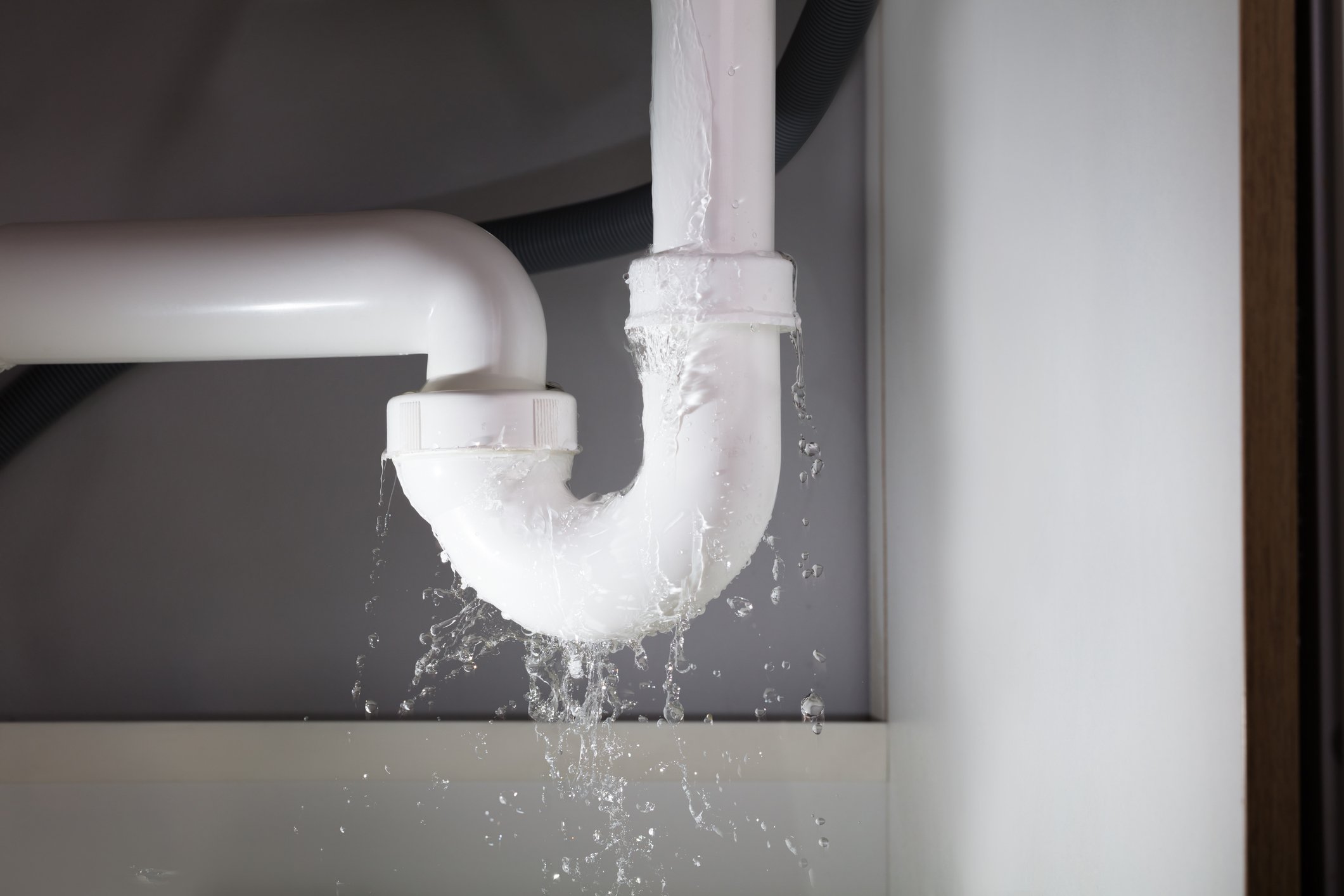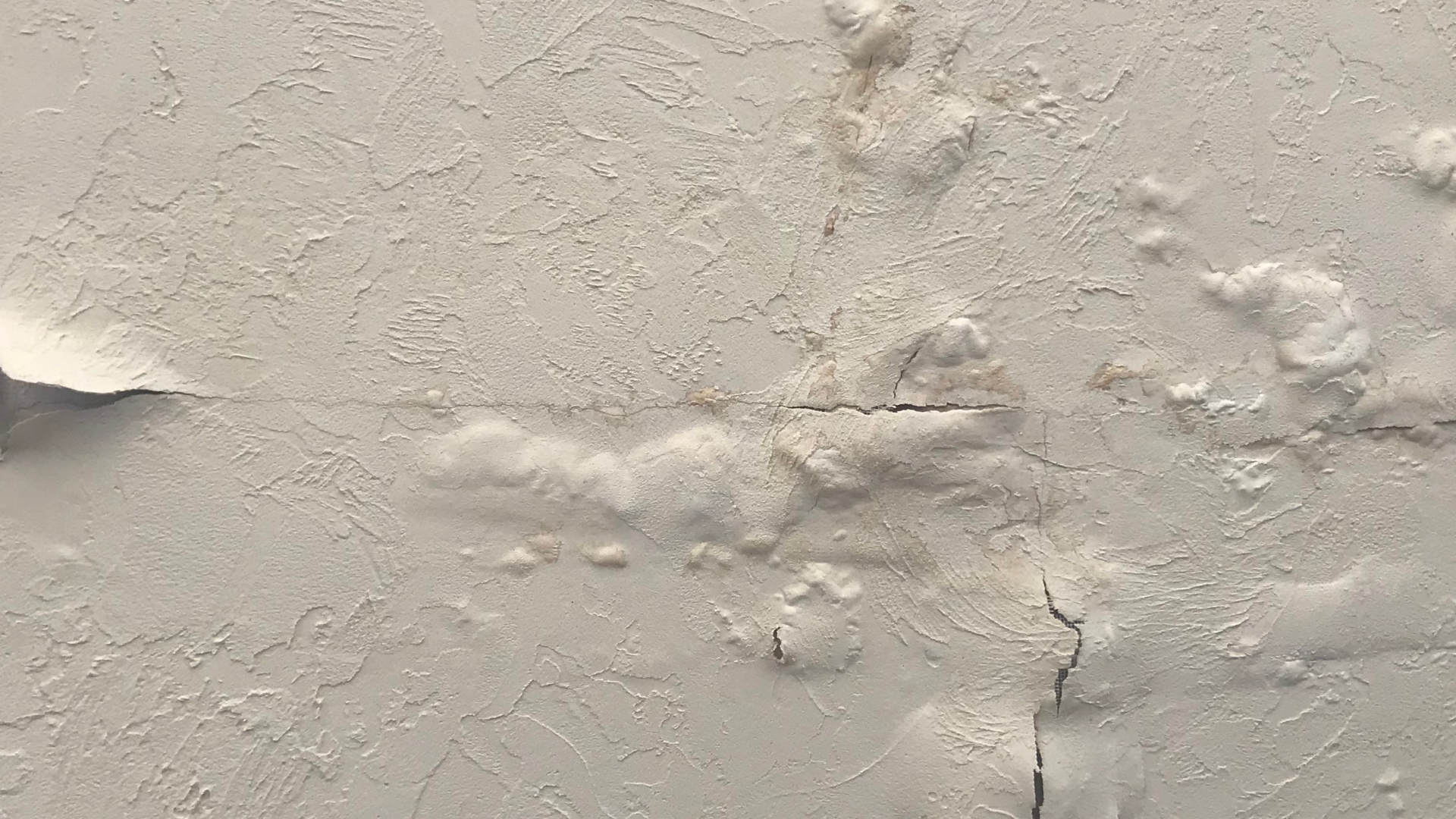What are your thoughts and feelings on How to Repair and Prevent Bathroom Water Damage??

Water damage often occurs in the shower room because of the water used everyday. Often, the damages could be a little mold from the shower. Other times, it's large damages on your flooring. Whatever it is, it is always good to understand the reason and also prevent it before it occurs.
This guide will certainly experience several of the common reasons for water damage in the shower room. We will certainly additionally analyze what you can do to prevent these causes from damaging your restroom. Let's dive in.
These are the typical factors you would certainly have water damage in your washrooms and also how you can spot them:
Excess Moisture
It's amazing to have that long shower and also dash water while you hem and haw and also imitate you're performing, but sometimes these acts could cause water damage to your restroom.
Splashing water around can cause water to go to corners and form molds. View how you spread excess moisture around, and when you do it, clean it up to prevent damage.
Splits in your wall surface floor tiles
Washroom wall surface floor tiles have actually been specifically developed for that function. They safeguard the wall from moisture from people taking showers. Nonetheless, they are not undestroyable.
Occasionally, your shower room wall surface ceramic tiles crack and allow some dampness to permeate right into the wall. This could potentially damage the wall surface if you don't take any action. If you see a split on your wall surface ceramic tiles, fix it immediately. Do not wait up until it ruins your wall.
Overruning commodes as well as sinks
As humans, sometimes we make blunders that might trigger some water damage in the bathroom. As an example, leaving your sink faucet on could cause overruning as well as damage to various other parts of the shower room with wetness.
Also, a damaged bathroom could create overruning. For example, a busted bathroom deal with or various other parts of the tank. When this happens, it can damage the floor.
As quickly as you discover an overflowing sink or commode, call a plumbing to help take care of it instantly.
Ruptured or Leaking Pipes
There are lots of pipes lugging water to different parts of your washroom. Some pipelines take water to the toilet, the sink, the faucets, the shower, and also numerous various other locations. They crisscross the tiny area of the shower room.
From time to time, these pipelines could obtain rusty as well as ruptured. Other times, human activity could trigger them to leakage. When this happens, you'll discover water in the corners of your restroom or on the wall surface.
To spot this, look out for gurgling walls, mold and mildews, or mildew. Call a specialist emergency plumbing technician to repair this when it happens.
Roofing Leakages
In some cases, the issue of water damage to the bathroom might not originate from the bathroom. For instance, a roof leak might create damage to the bathroom ceiling. You can find the damages done by looking at the water spots on the ceiling.
If you locate water stains on your ceiling, inspect the roofing system to see if it's harmed. Then, call an expert to assist address the issue.
Final thought
Water damage to your washroom can be annoying. Nevertheless, you can manage it if you protect against some of the causes stated in this overview. Call a professional emergency plumbing technician if you see any serious damages.
How to Prevent Water Damage in Your Bathroom?
Water damage repair is an expensive, meticulous, and lengthy process. Unfortunately, bathrooms are the most susceptible rooms to water damage due to toilets, showers, and sinks. Pipes and fixtures wear out over time and are not immune to damage. But all is not lost, as there are ways to prevent water damage from occurring in your bathroom.
Check Your Plumbing
Nothing lasts forever, especially pipes, which can rust and begin leaking over time. You should periodically conduct pipe inspections and pay attention for any musty smells or water stains that may indicate you need water damage repair. Here are some things to check:
Frequently test valves for your toilet, shower, and sink to ensure they are properly working. Check faucet supply lines hidden under vanities and replace when needed. Replace cracked or deteriorating caulking along sinks, tubs, and showers. If you notice a clog in your sink, call in a professional. Since you can’t check the pipes in the wall, keep an eye out for stains, drywall bubbling, musty smells, and excess moisture; if the bathroom is on a second level, check the ceiling of the room directly below for these signs. Don’t Overwork Your Toilet
One of the most common reasons bathrooms need water damage repair is due to overflowing toilets. Save yourself the hassle of cleanup by being mindful and not pushing your toilet to extreme limits. If you have young children, it is especially important to keep an eye on them when they are in the bathroom and to teach them how to avoid clogging the toilet. Here are some more tips to help prevent your toilet from overflowing:
If you have a septic tank, only use septic-safe toilet paper Do not flush anything down the toilet besides toilet paper; items like diapers and sanitary napkins will clog the piping Pay attention to your toilet’s water level: If it’s low, it could mean it is partially clogged or that there is a crack in the toilet bowl https://www.alure.com/home-improvements-blog/resources/how-to-prevent-water-damage-in-your-bathroom

I was guided to that editorial about How to Repair and Prevent Bathroom Water Damage? through an acquaintance on another web page. Do you know somebody who is interested in the subject? Why not promote it. Thanks for going through it.
Contact Us